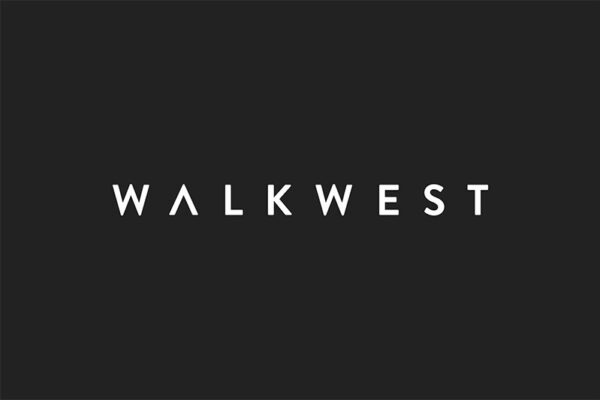Part I in the series explores the reasons we avoid facing our own business gaps.
One of the most difficult things for perfectionists or high achievers to admit is when they have made mistakes or have gaps in their skillsets. Finding gaps in our skills provides an opportunity to improve them but many of us are not wired this way. We spend the majority of our professional lives avoiding our faults or dodging mirrors that tell us our window of opportunity is closing. We avoid coming face to face with glaring weaknesses because we believe our critics are just a bunch of haters. We can get by in our personal lives by sweeping problems under the rug and pretending that they don’t exist. Doing this as an entrepreneur or as a business executive is a recipe for disaster.
We tell ourselves that everything is fine while our metrics or leading indicators reveal a different story – if we only took the time to read them or track them. We construct an alternate view of reality that contradicts the market because we are Paypal mafia disciples, believing that we must be contrary to find market opportunities. We go from board meeting to board meeting not fully answering the hard questions, providing a dangerously rosy picture to convince investors to part with their money for another 12 months.
Why is it so hard for us to avoid admitting that we have gaps in our businesses? It is caused by a problem psychologists call avoidance coping. Avoidance coping is not just a form of procrastination. It is an unhealthy way to prevent painful thoughts, feelings, memories, or sensations. There are many forms of avoidance that Dr. Alice Boyes has identified. Eight of them apply to a business context.
- You avoid taking actions that trigger painful memories from the past. (You avoid speaking in a meeting after being shut down in a meeting last week.)
- You try to stay under the radar. (This is classical impostor syndrome. Your success feels fraudulent so you ride the wave as long as you can.)
- You avoid reality testing your thoughts. (Over research of theories that don’t get tested by colleagues or potential customers. Your theory feels good. Rejection doesn’t.)
- You try to avoid the potential for people being mad at you. (Avoid asking for things you want in case the person you ask gets upset.)
- You have a tendency to stop working on a goal when an anxiety-provoking thought comes up. (The “I’m not sure I’m going to be able to do this thought pops in your head” so you stop working to reduce uncertainty and cognitive dissonance.)
- You avoid feeling awkward. (We all want to avoid feelings of awkwardness.)
- You avoid starting a task if you don’t know how you’re going to finish it. (You try to figure out all of the steps before you start. You can’t, so you don’t start)
- You avoid entering situations that may trigger thoughts like “I’m not the best. I’m not as good as other people.” (Sense of self-worth is based on being better than average in all key areas.)
To overcome these reasons that we construct to block our personal and ultimately or business progress, here are a few tips:
- Recognize that avoidance coping doesn’t work. Our attempts to avoid problems that challenge professional competence or business success are temporary at best.
- Recognize the costs of avoidance coping. Avoidance coping is emotionally costly and can lead to real financial costs. Questions to ask: How much time and mental energy has avoidance coping cost? How much opportunity have you missed or how much cash has been burned as a result?
- Learn to tolerate uncomfortable thoughts and feelings. Some strategies to address this include learning to soften rather than tense in response to triggering thoughts and feelings or when you catch yourself in the midst of a self-defeating behavior, physiological self-soothing (slow breathing), or recognize that your thoughts are often distorted and so is the perception of yourself and your business.
- Use strategies to create an objective view of your gaps. This requires performing a gap analysis to compare current state to desired future state using data and to identify and to align around priorities (including primary constraints).
In Part II of this series, we will identify the steps in performing the gap analysis to recast gaps as goals.

